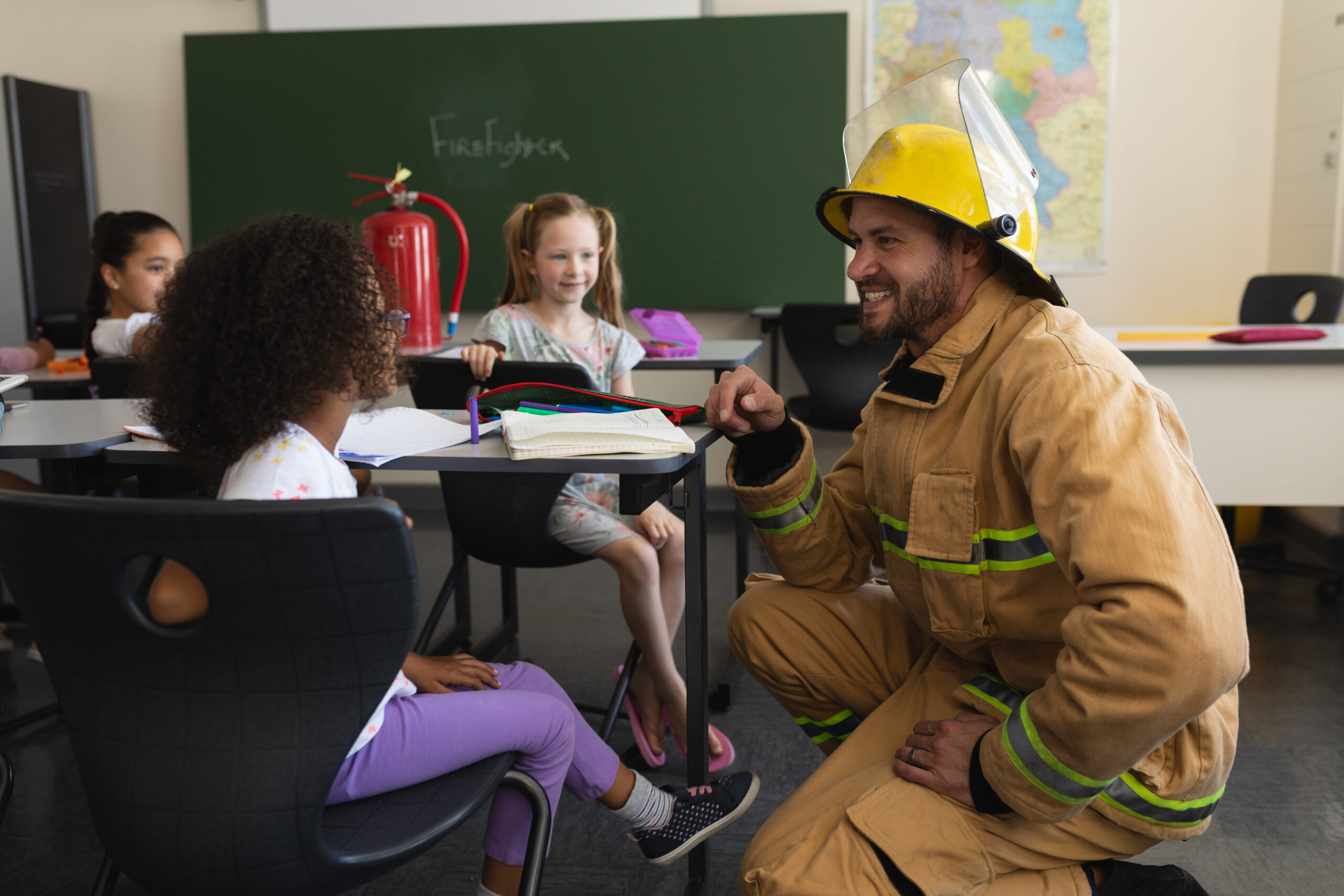
Ensuring the safety of students and staff at schools should be a top priority for administrators, educators, and parents alike. With increasing concerns about school violence, bullying, and other safety hazards, it’s crucial to implement effective measures that address these issues and reduce risks. In this article, we’ll guide you through ways to protect your school community, ensuring a secure and positive learning environment for all. Keep reading to learn more.
Implementing Comprehensive Security Systems

One of the key steps to improve school safety is to have a comprehensive security system in place. This involves using an integrated approach that combines multiple security measures such as security cameras, access control systems, and alarm monitoring. Utilizing a reliable security system for schools helps deter potential threats and respond quickly to incidents that may occur on campus.
Security cameras can monitor important areas such as entrances, hallways, and common spaces, providing real-time video footage to administrators and first responders in case of an emergency. Access control systems can restrict unauthorized access to sensitive areas like offices or server rooms, while alarms can notify occupants in the event of a fire or lockdown situation. Integrating these different systems ensures a high level of security and serves as the foundation for a safer learning environment.
Besides physical security, it’s also important to maintain strong cyber security measures to protect sensitive information about students, staff, and the school itself. This can involve implementing firewalls, antivirus software, and regular security audits to identify and address vulnerabilities. Investing in a comprehensive security system can significantly enhance the overall safety of your school community.
Enhancing Communication and Collaboration
Effective communication and collaboration among school staff, students, and parents can play a vital role in ensuring safety at educational institutions. By establishing clear communication channels and fostering a culture of openness, school stakeholders can work together to identify potential safety hazards and take appropriate action before incidents escalate.
Regular safety meetings and training sessions can help administrators and educators stay informed about emergency procedures and best practices, while open forums or anonymous reporting tools can encourage students and parents to share their concerns and suggestions. Creating a positive, inclusive atmosphere in which everyone feels comfortable discussing safety issues can lead to practical solutions and ongoing improvements.
Collaboration should also extend beyond the school to include local law enforcement and emergency responders. By building strong relationships with these public safety partners and regularly engaging in joint training exercises, schools can ensure they’re better prepared to handle potential emergencies and coordinate an effective response when needed.
Promoting Awareness and Education

Raising awareness and educating students, staff, and parents about school safety issues is paramount for creating a strong safety culture. This can involve discussing topics such as bullying prevention, digital safety, and mental health during classroom activities or assemblies to ensure everyone in the school community understands the importance of these issues and their role in promoting a safe environment.
Empower students with the necessary knowledge and skills to recognize and respond to safety concerns, report suspicious activities, or cope with emergency situations. Encourage educators to attend professional development workshops on safety best practices and include safety content in their lesson plans. Parents can also benefit from educational resources or workshops to help them support and reinforce safety measures at home.
Creating a Safe and Positive School Culture
Developing a positive and inclusive school culture can significantly contribute to the safety and well-being of all students and staff. Consistent efforts should be made to foster an environment wherein respect, tolerance, and kindness are valued and nurtured. Implementing programs such as character education, conflict resolution, and social-emotional learning can help students develop critical skills and attitudes that contribute to a healthy and safe educational environment.
Administrators and educators should lead by example by modeling positive behavior and promoting a safe and respectful atmosphere. Celebrate diversity and address incidents of discrimination or bullying promptly to send a strong message that such behavior is not tolerated. Encourage open dialogue and engagement, and provide opportunities for students and staff to participate in meaningful activities that promote unity and a sense of belonging.
Overall, improving school safety is a multifaceted endeavor that requires a committed and collaborative effort from all stakeholders. By investing in comprehensive security systems, enhancing communication and collaboration, promoting awareness and education, and fostering a positive school culture, schools can create an environment where everyone feels secure and supported.

